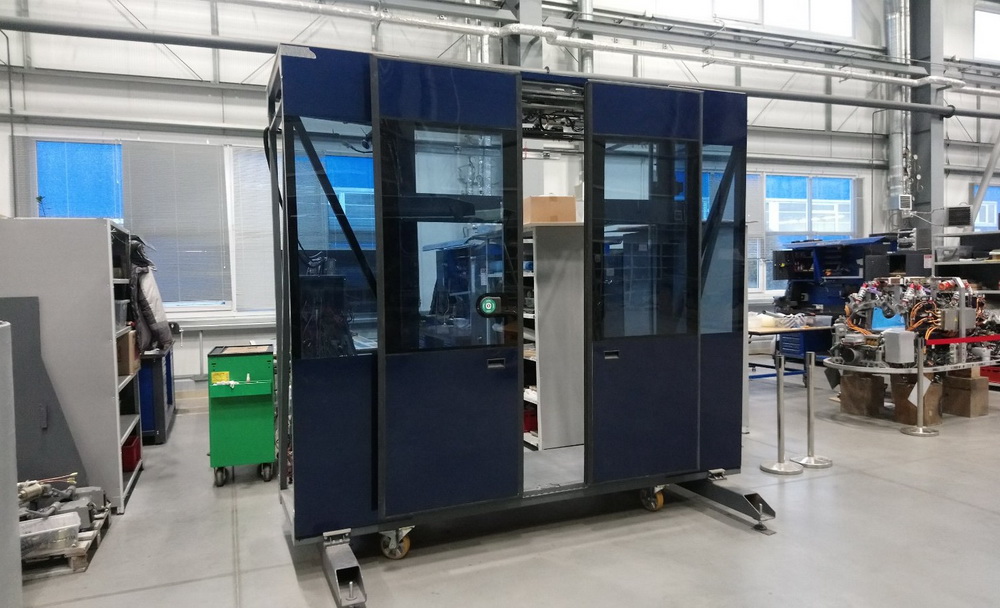In November last year, we told you about a new reclining-sliding door system that will be used in the future models of the string transport. The technology has recently undergone a series of tests and has been proven to be reliable for passengers. We are telling you how it was.
Jamming by doors is one of the most common reasons why people are injured on a bus, underground or train. To solve this problem, the specialists of the company developer have created an in-house system that will allow passengers to enter and exit the vehicle safely. Artyom Savko, a design engineer, shared the details:
«Jamming is clamping, i.e. the position in which an object is, roughly speaking, fixed and unable to be moved, or the movement of the object is hindered. Our doors are designed to prevent passengers from being trapped during boarding and deboarding and to minimise the risk of possible injury».
The new doors are equipped with sensors that enable the intelligent system to detect obstacles, analyse the station environment and react to any situations. This ensures that the flaps are touched with a low force that cannot harm the passenger or their property. The mechanism is virtually silent. And the simple operation makes it easy to open the doors, even for people with disabilities.
Artyom Savko also commented on how the door tests were carried out:
«We tested the degree of jamming in three positions: closer to the ceiling, in the centre and closer to the floor. The object was positioned in the centre of the door opening, closer to the edge with the flaps open and in the intermediate position (one-third of the opening). For all these variants, several jams and touches to the test object were carried out, observing the degree of impact from the door panels. During the tests, it became clear to us that the design is fully compliant with safety requirements».
For example, if you put your palm, a bag or a mobile phone between the flaps, all objects remain intact when the door is closed. But if you do the same experiment in the Metro, the damage is unlikely to be avoided. It is details like these that make the string transport far safer and more efficient than any existing means of transport.

